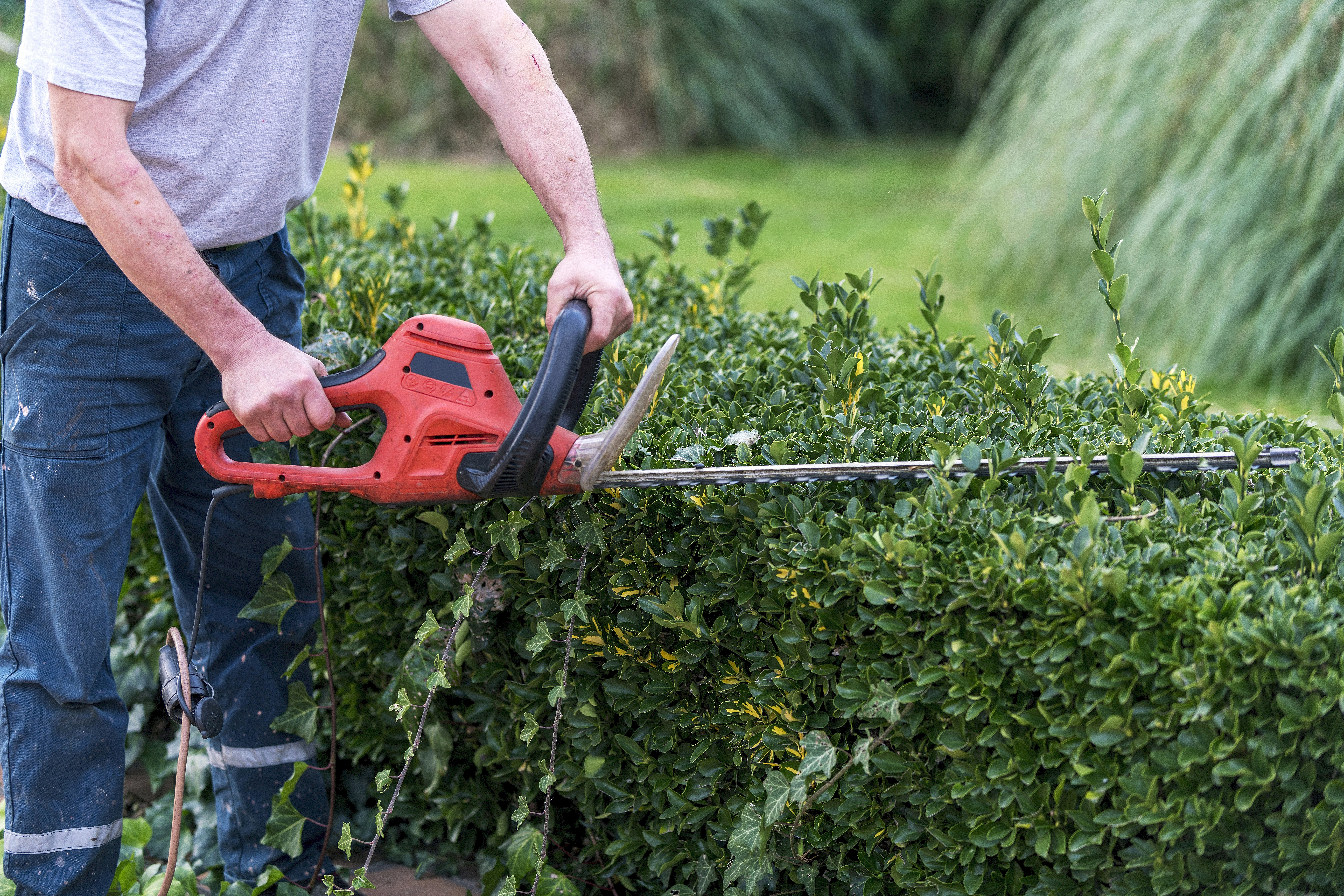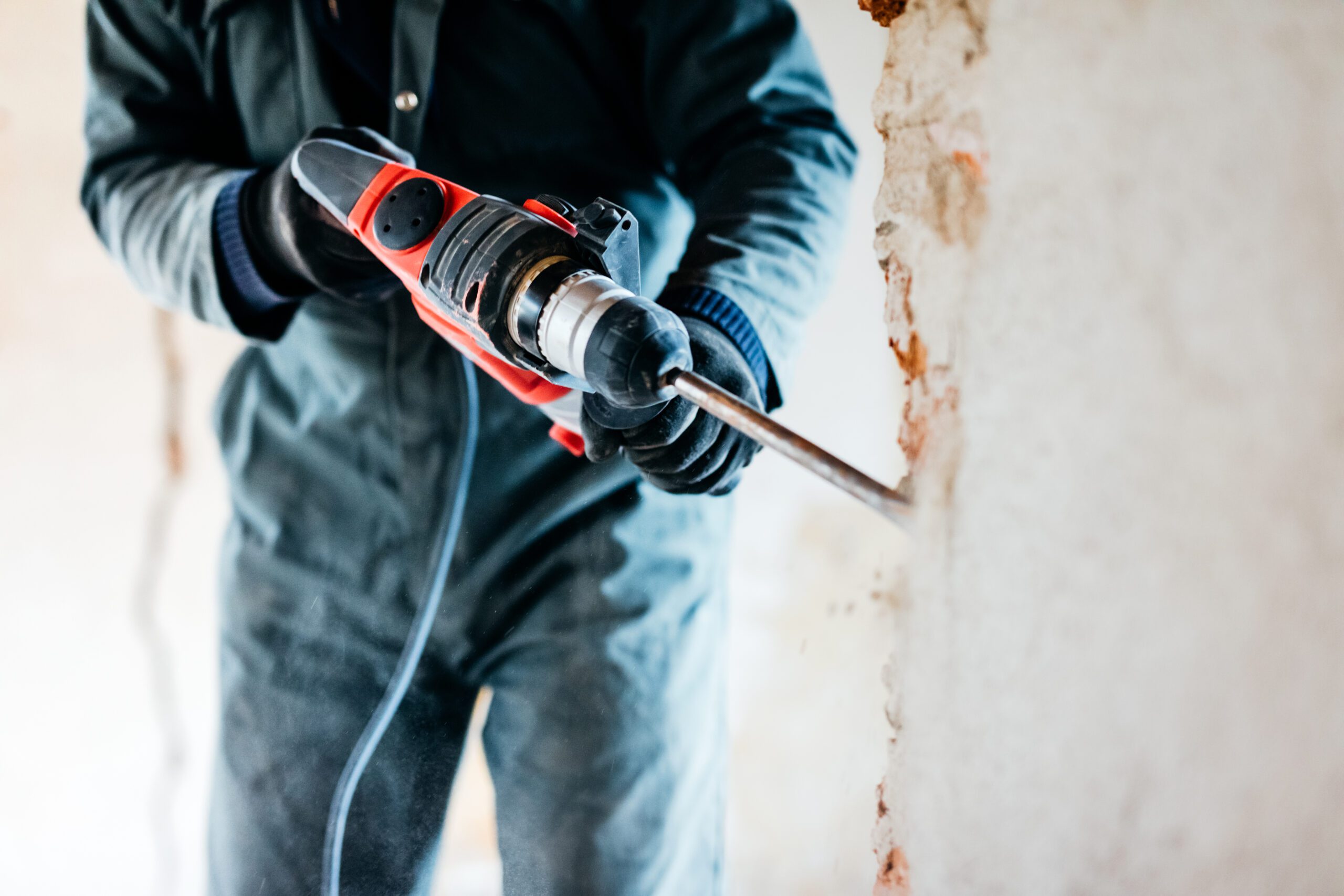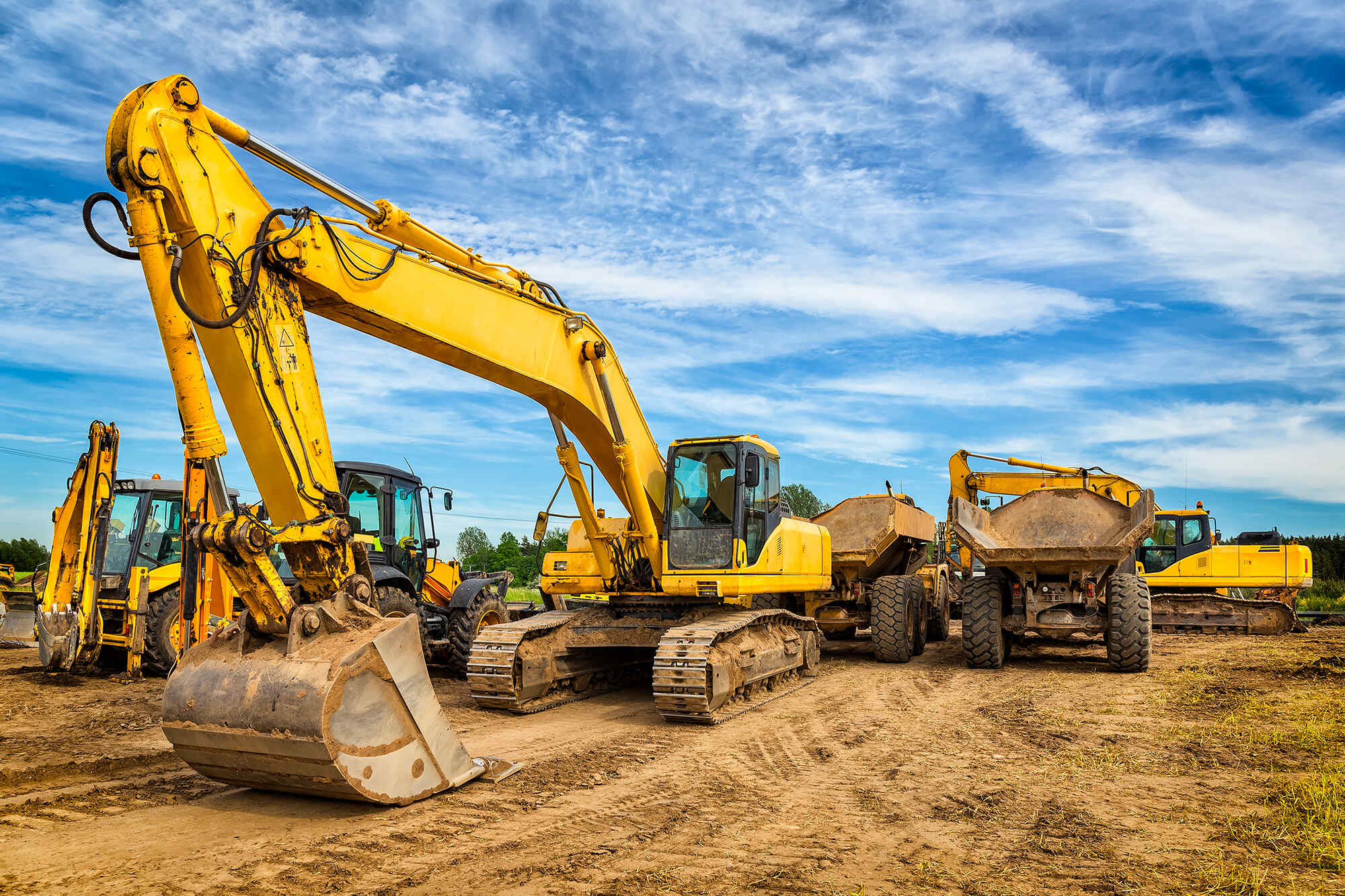The tool and equipment rental industry is growing rapidly. From homeowners tackling DIY projects to contractors managing large-scale builds, customers need access to the right tools without the burden of ownership. This creates an exciting opportunity for entrepreneurs.
This ultimate guide walks you through the essentials of starting, managing, and scaling your tool and equipment rental business, with expert tips and resources to help you succeed.
Why Start a Tool & Equipment Rental Business?
Tool and equipment rentals are in high demand, thanks to growing construction, home improvement, and landscaping markets. Renting provides customers with access to high-quality gear while saving them money—and gives you a recurring revenue model that can scale.
Whether you’re renting small tools like drills and saws, or heavy machinery like skid steers and excavators, this business offers flexibility, profitability, and resilience.
Table of Contents
Step 1: Laying the Foundation
Before buying inventory or signing your first customer, build a strong foundation:
- Business Plan – Define your target customers (DIYers, contractors, landscapers, etc.), pricing model, and growth vision.
- Legal & Insurance – Secure business licenses, liability insurance, and safety certifications.
- Funding – Explore loans or leasing options to finance startup inventory.
Clear foundations reduce risk and ensure long-term success.
Step 2: Choosing the Right Rental Niche
The tool rental market offers a wide range of options. To succeed, focus on high-demand categories and balance them with your market’s needs.
- General Tools – Drills, saws, sanders, nail guns, ladders.
- Outdoor Equipment – Lawn mowers, trimmers, pressure washers.
Heavy Equipment – Excavators, skid steers, trenchers, forklifts.
Your niche mix depends on demand in your area, available storage, and long-term goals.
Step 3: Hiring & Training the Right Team
Success in tool rentals depends on knowledgeable staff who can:
- Advise customers on the right equipment for their project
- Handle maintenance and safety checks
- Deliver excellent customer service
A strong team builds customer confidence, which leads to repeat rentals and referrals.
Step 4: Maximizing Profitability
Scaling a tool rental business isn’t just about adding more equipment—it’s about running smart. Strategies include:
- Streamlining operations with rental management software
- Reducing downtime with regular maintenance
- Optimizing pricing for high-value tools and machinery
- Adding delivery & pickup services to increase convenience (and revenue)
Step 5: Thriving Year-Round
Tool and equipment rentals can have seasonal fluctuations (landscaping in summer, snow removal in winter). Plan ahead by:
- Stocking seasonal equipment in advance
- Offering off-season discounts or bundles
- Expanding into complementary categories to balance demand
Staying prepared ensures stability across all seasons.
Final Thoughts
The tool and equipment rental industry is packed with opportunity. By building a strong foundation, choosing the right niche, and investing in people, processes, and technology, you’ll be positioned to start strong, grow smart, and scale successfully.
Use this guide alongside our in-depth resources to keep growing with confidence.




